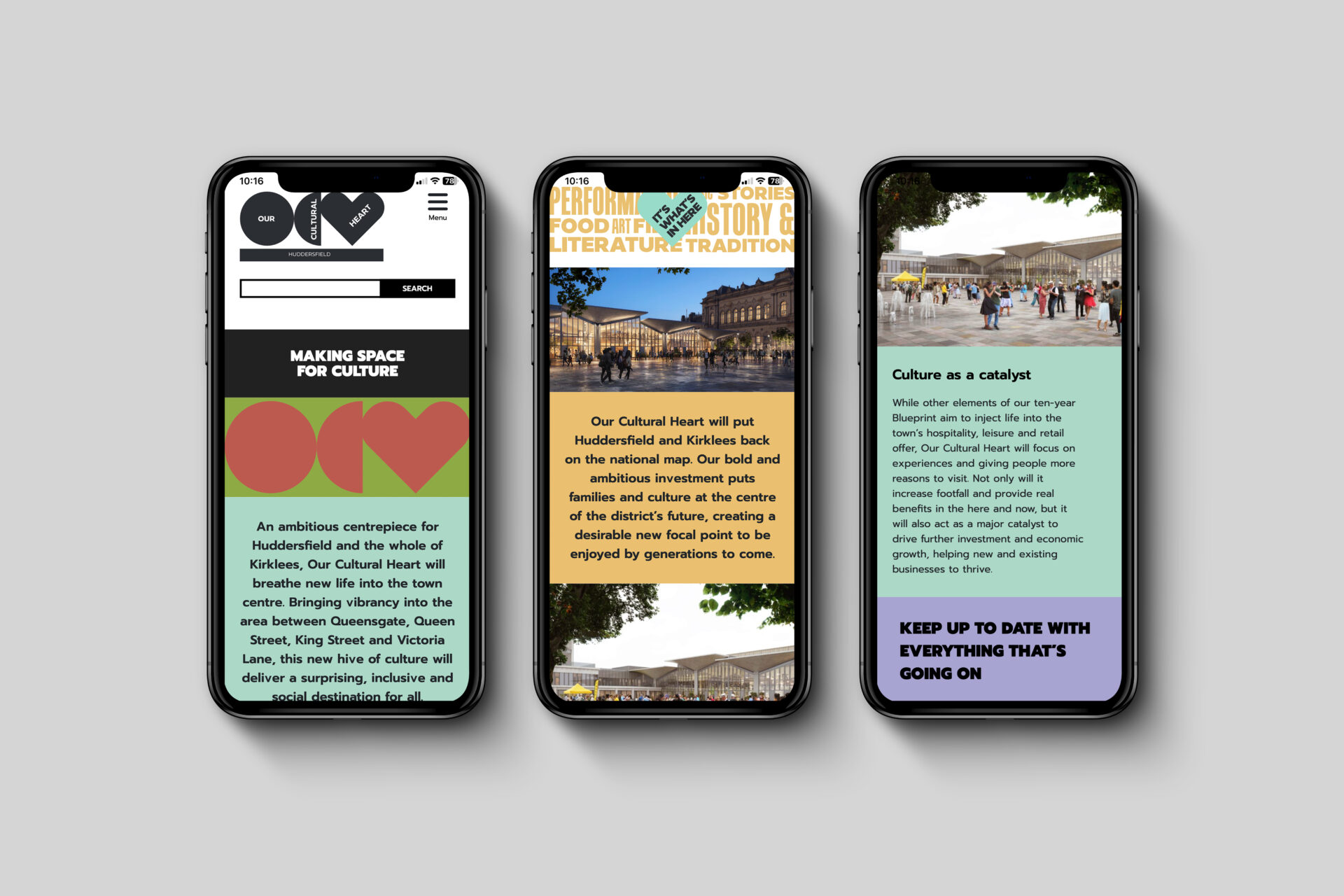Do you work in the property industry and have you ever wondered how to successfully activate and market your space? How do you make retail & leisure units, cut through the noise without feeling like a traditional marketing campaign? How do you attract and retain residents to your residential scheme or how can you make an office space work, bucking the work from home trend?
In our latest article ‘How Activations Build Brand Affinity in the Real Estate Sector.‘ we focus on place activation and maximising exposure to your audience. Ultimately, enlivened spaces and places have a greater appeal, a better feeling of community and are more attractive to occupier audiences, which builds sustainable value long term. Find out why DS.Emotion have been recognised with awards over consecutive years in the property marketing arena and what this could mean for you and your development.

DS.Emotion has been at the forefront of property marketing for over 30 years.
For residential, retail, commercial and industrial real-estate, we’ve worked on every possible type of brief. We have created desirable brands, raised awareness & built affinity with engaging campaigns; we’ve generated leads with intelligent sales strategies. Recognition of this comes from the placemaking awards we’ve won over recent consecutive years.
But this is evolving
In this competitive world, those who stand still are moving backwards. Therefore, over the past 30 years, we’ve never stopped exploring new ways to drive sales, footfall, and occupier uptake. One of the words that has seen a steady upward trend is placemaking.
Placemaking
Placemaking became part of our vocabulary about 15 years ago. Despite the numerous brochures, emailers, websites, and advertising campaigns we produced for the places we represented, we felt there was a more effective way to transform these high-value assets. We needed a self-sustaining, cyclical process that would increase footfall and make retail and leisure units stand out without feeling like a traditional marketing campaign.

A turning point came when Laura Carroll, our Managing Director in the London office, joined us with a focus on transforming underperforming retail and leisure assets for our clients. Her vision turned tired streets into vibrant shopping districts. Whilst the language was still new, Laura recognised the difference between placemaking and place activation.
Place Activations
Placemaking and place activation are interrelated concepts in urban planning, real estate, and community development, but they refer to distinct aspects of how spaces are developed and utilised.
Placemaking:
- Definition: Placemaking is a comprehensive approach to the planning, design, and management of public spaces. It’s about creating public areas that promote the health, happiness, and well-being of people.
- Focus: This approach is holistic and often led by the community. It focuses on making public spaces more accessible, engaging, and vibrant, considering the broader social, cultural, and environmental contexts of a place.
- Process: Placemaking can encompass a range of activities, from urban design and architecture to community engagement and programming. It typically involves long-term strategies for the development and revitalisation of neighbourhoods and cities.
- Goals: The primary aim is to create spaces that foster stronger community ties, improve the quality of life, and enhance the identity of a community.
Place Activation:
- Definition: Place activation specifically refers to the process of adding programming, events, or elements to a space to increase its usage and vibrancy.
- Focus: This approach focuses on the immediate use of a space. It involves temporary or short-term activities such as events, pop-ups, temporary installations, or other interventions that attract people to a location and encourage active use.
- Process: Place activation is typically quicker and more dynamic than placemaking. It can be seen as a component of placemaking, focusing on immediate and often temporary changes.
- Goals: The goal of place activation is to bring life to a space, attract visitors, and provide immediate enjoyment or engagement. It can serve as a strategy to revitalise underused areas or to test concepts before making permanent changes.
In summary; placemaking and place activation both aim to improve spaces for public use, placemaking is a broader, more strategic approach that often includes place activation as one of its elements. Place activation, however, focuses on immediate and temporary interventions to bring vibrancy and activity to a place.
While we completely agree that placemaking is about more than just providing an engaging environment, there is no doubt that place activations, when done well and most importantly, promoted effectively, can dramatically raise awareness, build affinity, and lead to actions from your chosen audience.

How does DS.Emotion activate a place?
- Understand the Brand
Our first task is to fully understand the destination’s unique proposition through our Active Branding process, build a brand around it, and deliver our work with this single-minded proposition at the forefront. Of course, this is while delivering on our clients’ ultimate objectives.
- Build the Project Team
We have built a dedicated team specifically to deliver place activations – essentially creating and managing events and experiences that generate awareness of your brand and build affinity with it. The activation process focuses on enhancing the journey to action for customers, whether that’s through purchasing or buying more, visiting more often, or recommending the place to others. How often and for how long have we heard that traditional retail, to compete with online sales, should be ‘experience-driven’?
- Consider Social
However, an activations team alone cannot reach audiences beyond those who experience the event or share it through their social media accounts. That’s why our next move was to develop and expand our social media team, who would work hand in hand with our activations team, to transform our social media followers from viewers into participants and then into ambassadors. Compelling social content can create deep relationships with existing customers and proactively puts your brand in front of further potential customers, rather than waiting for them to discover you organically.
How does this enhance traditional B2B occupier marketing?
Positive experiences build affinity, and affinity leads to more visits, longer dwell-times, increased footfall, and better word-of-mouth (and social) referrals. Greater footfall and dwell- time lead to higher sales and performance for retail and leisure operators, thus attracting more pop-up and permanent occupiers, increases the opportunity to retain them and raises rental values in the future.
We develop place activation and social media strategies that deliver on your objectives while uncovering your proposition or ‘unique selling points’. We divert some of your traditional marketing budget towards activities that we know provide a direct return on investment and most importantly, cash into the tills of your occupiers.
What’s next? Commercial is changing the game and residential is following.
Post-pandemic, daily office occupier levels meant that landlords and asset managers had to drive people back into the workplace to make their assets sustainable. We’re employing the same activation principles to enhance the working days of office workers, which in turn drives worker footfall back into the workplace.
We’re also working with the residential sector to create better places to buy and rent, providing a greater sense of community and ‘neighbourliness’, and in turn, a greater feeling of contentment and well-being. This makes residents choose the destinations we represent, stay living there for longer, and refer these places to their family and friends.
